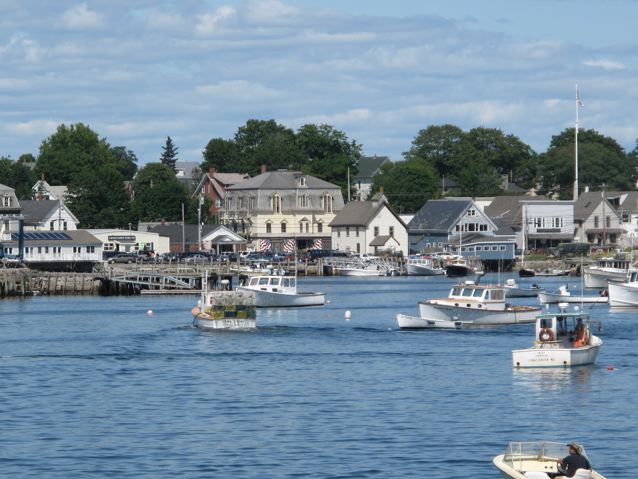The survival of smaller island communities in many places around the world is a challenge as more people move to hipper, urban centers.
Isolation breeds more than just loneliness and can mean higher food or energy costs and fewer job opportunities. Shrink too much in population, and schools and stores collapse, sometimes leading to a community’s death.
While far-flung places such as Ittoqqortoormiit, Greenland (population: 425) can count on brave adventurists to prop up their micro economies, more than 250 of Maine’s islands haven’t been as lucky and got wiped out over the years.
Which is why signs of a reversal are so welcome. In the early 1980s, the Rockland-based Island Institute, a privately funded development think tank, tried saving these communities by initially focusing on forestry and conservation. But in more recent years, its nearly 50-person-strong bureaucracy, still full of lofty ideas about sustainability, has shifted more attention to attracting year-round residents.
And for good reason: The islands are economically important to the state — some as lobster ports, and many as summer tourist destinations. These opportunities have given younger folks a perhaps surprising alternative to destinations such as New York, San Francisco and Boston, typically seen as the places where ambitious people move.
[Photo credit: mainetravelmaven.com]

